Dry goods | Lithium-ion battery recycling technology is composed of
positive and negative plates, binders, electrolytes and diaphragms. In industry,
manufacturers mainly use lithium cobalt oxide, lithium manganese oxide,
nickel-cobalt lithium manganese oxide ternary materials, and lithium iron
phosphate as positive electrode materials for lithium-ion batteries, and natural
graphite and artificial graphite as negative electrode active materials.
Polyvinylidene fluoride (PVDF) is
Lithium-ion batteries are composed of positive and negative electrodes,
binders, electrolytes, and separators. In industry, manufacturers mainly use
lithium cobaltate, lithium manganate, nickel-cobalt lithium manganate ternary
materials and lithium iron phosphate as positive electrode materials for
lithium-ion batteries, and natural graphite and artificial graphite as negative
electrode active materials. Polyvinylidene fluoride (PVDF) is a widely used
cathode binder with high viscosity, good chemical stability and physical
properties. Industrially produced lithium-ion batteries mainly use lithium
hexafluorophosphate (LiPF6) and an organic solvent solution as the electrolyte,
and use organic membranes, such as porous polyethylene (PE) and polypropylene
(PP), as the separator of the battery. Lithium-ion batteries are generally
regarded as environmentally friendly and pollution-free green batteries, but
improper recycling of lithium-ion batteries will also cause pollution. Although
lithium-ion batteries do not contain toxic heavy metals such as mercury,
cadmium, and lead, the positive and negative electrode materials and
electrolytes of the battery still have a relatively large impact on the
environment and human body. If ordinary waste treatment methods are used to
dispose of lithium-ion batteries (landfill, incineration, composting, etc.),
metals such as cobalt, nickel, lithium, manganese, and various organic and
inorganic compounds in the battery will cause metal pollution, organic
pollution, and dust pollution. , Acid-base pollution. Lithium-ion electrolyte
machine conversion products, such as LiPF6, lithium hexafluoroarsenate (LiAsF6),
lithium trifluoromethanesulfonate (LiCF3SO3), hydrofluoric acid (HF), etc.,
solvents and hydrolysis products such as ethylene glycol dimethyl ether ( DME),
methanol, formic acid, etc. are all toxic substances. Therefore, waste
lithium-ion batteries should be recycled to reduce the harm to the natural
environment and human health.
1. Production and use of lithium-ion batteries
Lithium-ion batteries have the advantages of high energy density, high
voltage, small self-discharge, good cycle performance, safe operation, etc., and
are relatively friendly to the natural environment, so they are widely used in
electronic products such as mobile phones, tablets, laptops, and digital cameras
wait. In addition, lithium-ion batteries are widely used in energy storage power
systems such as water power, thermal power, wind power and solar power, and have
gradually become the best choice for power lithium batteries. The emergence of
lithium iron phosphate batteries has promoted the development and application of
lithium-ion batteries in the electric vehicle industry. With the gradual
increase of people's demand for electronic products and the gradual acceleration
of the upgrading of electronic products, and the impact of the rapid development
of new energy vehicles, the global market demand for lithium-ion batteries is
increasing, and the growth rate of battery production is increasing year by
year. increase.
The huge demand for lithium-ion batteries in the market, on the one hand,
will lead to a large number of waste batteries in the future. How to deal with
these waste lithium-ion batteries to reduce their impact on the environment is
an urgent problem to be solved; on the other hand, in order to cope with the
huge market Demand, manufacturers have to produce a large number of lithium-ion
batteries to supply the market. At present, the positive electrode materials for
the production of lithium-ion batteries mainly include lithium cobalt oxide,
lithium manganese oxide, nickel-cobalt lithium manganese oxide ternary materials
and lithium iron phosphate, etc. Therefore, waste lithium-ion batteries contain
more cobalt (Co), lithium (Li), nickel (Ni), manganese (Mn), copper (Cu), iron
(Fe) and other metal resources, which contain a variety of rare metal resources,
cobalt is a scarce strategic metal in my country, mainly imported meet rising
demand. Part of the metal content in waste lithium-ion batteries is higher than
that in natural ores. Therefore, in the case of increasing shortage of
production resources, recycling waste batteries has certain economic value.
2. Lithium-ion battery recycling technology
The recycling process of used lithium-ion batteries mainly includes
pretreatment, secondary treatment and advanced treatment. Since there is still
some electricity left in the used battery, the pretreatment process includes
deep discharge process, crushing, and physical separation; the purpose of the
secondary treatment is to realize the complete separation of positive and
negative active materials from the substrate, and heat treatment and organic
solvent dissolution are commonly used. , lye dissolution method and electrolysis
method to realize the complete separation of the two; advanced treatment mainly
includes two processes of leaching and separation and purification to extract
valuable metal materials. Classified by extraction process,
Battery recycling methods can be mainly divided into three categories: dry
recycling, wet recycling and biological recycling.
1. Dry recycling
Dry recycling refers to the direct recovery of materials or valuable metals
without using a medium such as a solution. Among them, the important methods
used are physical separation method and high temperature pyrolysis method.
(1) Physical sorting method
The physical separation method refers to the disassembly and separation of
batteries, and the battery components such as electrode active materials,
current collectors and battery casings are crushed, sieved, magnetically
separated, finely crushed and classified to obtain valuable high-content
substances. . A method proposed by Shin et al. using sulfuric acid and hydrogen
peroxide to recover Li and Co from lithium-ion battery waste liquid includes two
processes: physical separation of metal-containing particles and chemical
leaching. Among them, the physical separation process includes crushing,
screening, magnetic separation, fine crushing and classification. In the
experiment, a group of crushers with rotating and fixed blades were used for
crushing, and sieves with different apertures were used to classify the crushed
materials, and magnetic separation was used for further processing to prepare
for the subsequent chemical leaching process.
Based on the grinding technology and water leaching process developed by
Zhang et al., Lee et al., and Saeki et al., Shu et al. developed a new method
for recovering cobalt and lithium from lithium-sulfur battery waste using
mechanochemical methods. The method uses a planetary ball mill to co-grind
lithium cobaltate (LiCoO2) and polyvinyl chloride (PVC) in air to
mechanochemically form Co and lithium chloride (LiCl). Subsequently, the milled
product was dispersed in water to extract chlorides. Grinding promotes
mechanochemical reactions. The extraction yields of both Co and Li were improved
with the grinding progress. 30 min of grinding resulted in the recovery of more
than 90% Co and nearly 100% Li. At the same time, about 90% of the chlorine in
the PVC samples had been converted to inorganic chlorides.
The physical separation method is relatively simple to operate, but it is
not easy to completely separate lithium-ion batteries, and mechanical
entrainment losses are prone to occur during screening and magnetic separation,
making it difficult to achieve complete separation and recovery of metals.
(2) High temperature pyrolysis method
The high-temperature pyrolysis method refers to the decomposition of
lithium-ion battery materials that have undergone preliminary separation
treatment such as physical crushing, and the organic binder is removed to
separate the constituent materials of the lithium-ion battery. At the same time,
the metals and their compounds in lithium-ion batteries can be oxidized, reduced
and decomposed, volatilized in the form of steam, and then collected by
condensation and other methods.
When Lee et al. used waste lithium-ion batteries to prepare LiCoO2, they
used a high-temperature pyrolysis method. Lee et al. first heat-treated the LIB
sample in a muffle furnace at 100-150 °C for 1 h. Second, the heat-treated
battery is shredded to release the electrode material. The samples were
disassembled with a high-speed pulverizer specially designed for this study, and
classified according to size, ranging from 1 to 50 mm. Then, two steps of heat
treatment are carried out in the furnace, the first heat treatment is at
100-500°C for 30 minutes, the second heat treatment is at 300-500°C for 1 hour,
and the electrode material is released from the current collector through
vibration screening. Next, by firing at a temperature of 500-900° C. for 0.5-2
hours, the carbon and the binder are burned off, and the cathode active material
LiCoO2 is obtained. Experimental data show that carbon and binder are burned off
at 800°C.
The high-temperature pyrolysis treatment technology has simple process,
convenient operation, fast reaction speed and high efficiency in
high-temperature environment, and can effectively remove binders; and this
method does not have high requirements on the composition of raw materials, and
is more suitable for processing a large amount or more complex Battery. However,
this method requires high equipment; during the treatment process, the organic
matter of the battery decomposes and produces harmful gases, which is not
friendly to the environment. New purification and recovery equipment must be
added to absorb and purify harmful gases to prevent secondary pollution.
Therefore, the processing cost of this method is high.
2. Wet recycling
The wet recycling process is to crush and dissolve the waste batteries, and
then use appropriate chemical reagents to selectively separate the metal
elements in the leaching solution to produce high-grade cobalt metal or lithium
carbonate, etc., for direct recycling. Wet recycling is more suitable for the
recovery of waste lithium-ion batteries with a relatively single chemical
composition, and its equipment investment cost is low, which is suitable for the
recovery of small and medium-sized waste lithium-ion batteries. Therefore, this
method is widely used at present.
(1) Alkali-acid leaching method
Since the positive electrode material of lithium-ion batteries will not
dissolve in lye, but the base aluminum foil will dissolve in lye, this method is
often used to separate aluminum foil. Zhang Yang et al. used alkali leaching to
remove aluminum in advance when recovering Co and Li in batteries, and then
soaked in dilute acid solution to destroy the adhesion of organic matter and
copper foil. However, the alkaline leaching method cannot completely remove
PVDF, which has adverse effects on subsequent leaching.
Most of the positive electrode active materials in lithium-ion batteries
can be dissolved in acid, so the pre-treated electrode materials can be leached
with acid solution to realize the separation of active materials and current
collectors, and then combined with the principle of neutralization reaction to
target metals Precipitation and purification are carried out to achieve the
purpose of recovering high-purity components.
The acid solution used by the pickling method includes traditional
inorganic acids, including hydrochloric acid, sulfuric acid and nitric acid.
However, because harmful gases such as chlorine (Cl2) and sulfur trioxide (SO3)
often appear in the process of leaching with inorganic strong acids, researchers
try to use organic acids to treat waste lithium-ion batteries, such as lemon
acid, oxalic acid, malic acid, ascorbic acid, glycine, etc. Li et al. used
hydrochloric acid to dissolve the recovered electrodes. Since the efficiency of
the acid leaching process may be affected by the hydrogen ion (H+)
concentration, temperature, reaction time and solid-liquid ratio (S/L), in order
to optimize the operating conditions of the acid leaching process, an experiment
was designed to investigate the reaction time, H+ concentration and temperature
effects. The experimental data show that when the temperature is 80°C, the H+
concentration is 4mol/L, and the reaction time is 2h, the leaching efficiency is
the highest, in which 97% of Li and 99% of Co in the electrode material are
dissolved. Zhou Tao et al. used malic acid as leaching agent and hydrogen
peroxide as reducing agent to reduce and leaching the positive electrode active
material obtained by pretreatment, and studied the influence of different
reaction conditions on the leaching rate of Li, Co, Ni, and Mn in malic acid
leaching solution, so as to find out the best reaction conditions. Research data
show that when the temperature is 80°C, the malic acid concentration is
1.2mol/L, the liquid-to-liquid volume ratio is 1.5%, the solid-to-liquid ratio
is 40g/L, and the reaction time is 30min, the leaching efficiency of malic acid
is the highest, among which Li, The leaching rates of Co, Ni and Mn reached
98.9%, 94.3%, 95.1% and 96.4%, respectively. However, compared with inorganic
acids, the cost of leaching with organic acids is higher.
(2) Organic solvent extraction method
The organic solvent extraction method utilizes the principle of "similar
compatibility", and uses a suitable organic solvent to physically dissolve the
organic binder, thereby weakening the adhesion between the material and the foil
and separating the two.
Contestabile et al. used N-methylpyrrolidone (NMP) to selectively separate
the components in order to better recover the active material of the electrode
when recycling lithium cobalt oxide batteries. NMP is a good solvent for PVDF
(solubility about 200g/kg) and has a relatively high boiling point of about
200°C. Treatment of the active material with NMP at approximately 100 °C for 1 h
effectively achieved the separation of the film from its support and thus the
recovery of Cu in metallic form by simply filtering it out of the NMP
(N-methylpyrrolidone) solution. and Al. Another benefit of this method is that
the recovered metals, Cu and Al, can be directly reused after adequate cleaning.
In addition, recovered NMP can be recycled. Because of its high solubility in
PVDF, it can be reused many times. Zhang et al. used trifluoroacetic acid (TFA)
to separate the cathode material from the aluminum foil when recycling cathode
waste for lithium-ion batteries. The waste lithium-ion battery used in the
experiment used polytetrafluoroethylene (PTFE) as an organic binder, and the
effects of TFA concentration, liquid-solid ratio (L/S), reaction temperature and
time on the separation efficiency of cathode materials and aluminum foil were
systematically studied . The experimental results show that in the TFA solution
with a mass fraction of 15, the liquid-solid ratio is 8.0mL/g, and the reaction
temperature is 40℃, the cathode material can be completely separated under
proper stirring for 180min.
The experimental conditions of using organic solvent extraction to separate
materials and foils are relatively mild, but organic solvents are toxic to a
certain extent and may be harmful to the health of operators. At the same time,
because different manufacturers have different processes for making lithium-ion
batteries, the binders they choose are different. Therefore, for different
manufacturing processes, manufacturers must choose different organic solvents
when recycling waste lithium-ion batteries. In addition, cost is also an
important consideration with regard to large-scale recycling operations at an
industrial level. Therefore, it is very important to choose a solvent with wide
sources, reasonable price, low toxicity and harmlessness, and wide
applicability.
(3) Ion exchange method
The ion exchange method refers to the separation and extraction of metals
by using the different adsorption coefficients of ion exchange resins to the
metal ion complexes to be collected. After acid leaching the electrode material,
Wang Xiaofeng et al. added an appropriate amount of ammonia water to the
solution to adjust the pH value of the solution, and reacted with metal ions in
the solution to generate [Co(NH3)6]2+, [Ni(NH3) 6] 2+ and other complex ions,
and continue to pass pure oxygen into the solution for oxidation. Then, ammonium
sulfate solutions of different concentrations are used to repeatedly pass
through the weakly acidic cation exchange resin to selectively elute the nickel
complex and the trivalent cobalt ammonium complex on the ion exchange resin
respectively. Finally, 5% H2SO4 solution was used to completely elute the cobalt
complex, and at the same time, the cation exchange resin was regenerated, and
the cobalt and nickel metals in the eluent were respectively recovered by using
oxalate. The ion exchange method has a simple process and is relatively easy to
operate.
3. Biological recycling
Mishra et al. used inorganic acids and acidophilic Thiobacillus
ferrooxidans to leach metals from waste lithium-ion batteries, and used S and
ferrous ions (Fe2+) to generate metabolites such as H2SO4 and Fe3+ in the
leaching medium. These metabolites help dissolve metals in spent batteries. The
study found that cobalt biodissolves faster than lithium. As the dissolution
process proceeds, ferric ions react with the metals in the residue to
precipitate, resulting in a decrease in the concentration of ferrous ions in the
solution, and as the concentration of metals in the waste sample increases, cell
growth is prevented and the dissolution rate becomes slower. slow. In addition,
a higher solid/liquid ratio also affects the rate of metal dissolution. Zeng et
al. used acidic Thiobacillus ferrooxidans to bioleave cobalt metal in waste
lithium-ion batteries. Unlike Mishra et al., this study used copper as a
catalyst to analyze the effect of copper ions on acidophilic Thiobacillus
ferrooxidans on LiCoO2 bioleaching . The results showed that almost all of the
cobalt (99.9%) entered the solution after 6 days of bioleaching at a Cu ion
concentration of 0.75 g/L, whereas only 43.1% of Cobalt dissolves. In the
presence of copper ions, the cobalt dissolution efficiency of spent Li-ion
batteries is enhanced. In addition, Zeng et al. also studied the catalytic
mechanism and explained the use of copper ions to dissolve cobalt. LiCoO2 and
copper ions undergo a cation exchange reaction to form copper cobaltate
(CuCo2O4) on the surface of the sample, which is easily dissolved by iron
ions.
The bioleaching method has low cost, high recovery efficiency, less
pollution and consumption, less impact on the environment, and microorganisms
can be reused. However, the cultivation of high-efficiency microbial fungi is
difficult, the treatment period is long, and the control of leaching conditions
is the main problem of this method.
4. Combined recycling method
Waste lithium-ion battery recycling processes have their own advantages and
disadvantages. At present, there have been researches on recycling methods that
combine and optimize multiple processes in order to give full play to the
advantages of various recycling methods and maximize economic benefits.


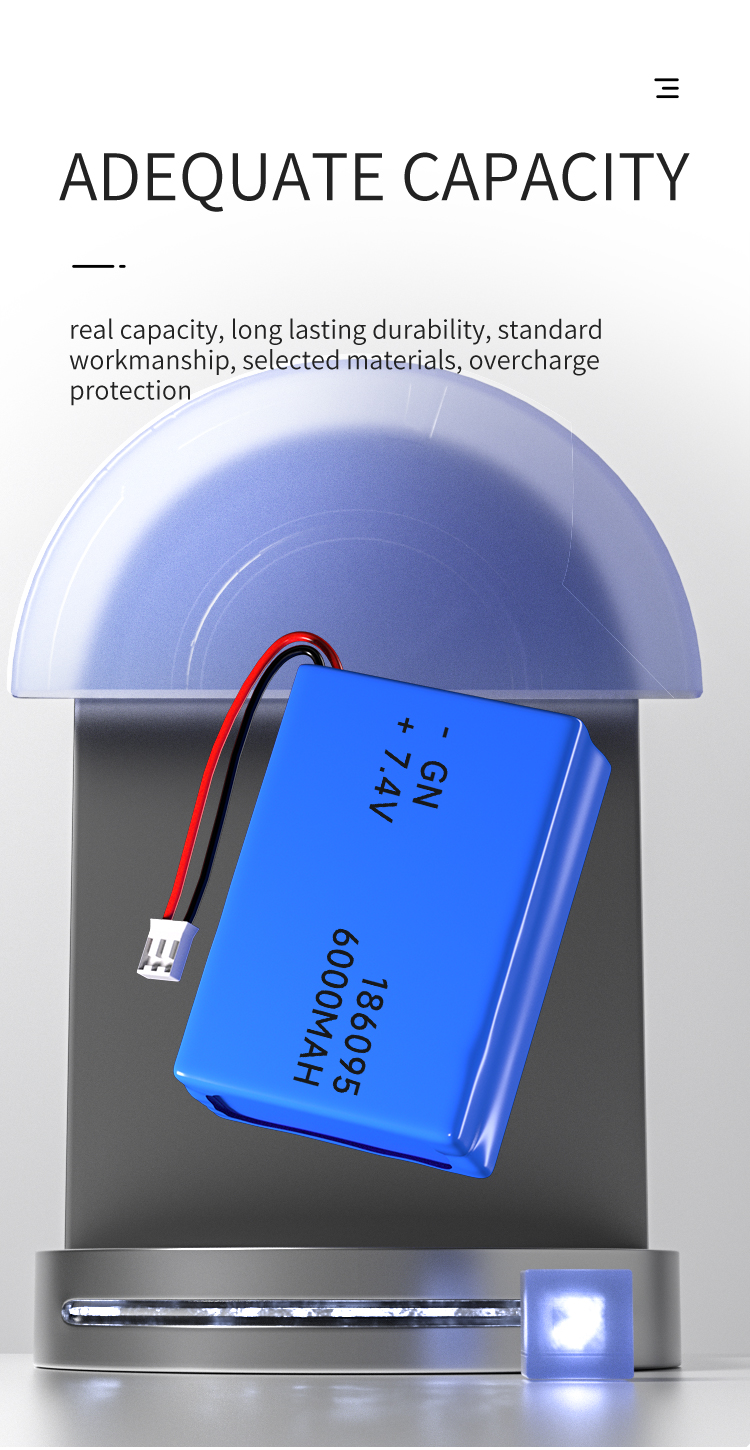
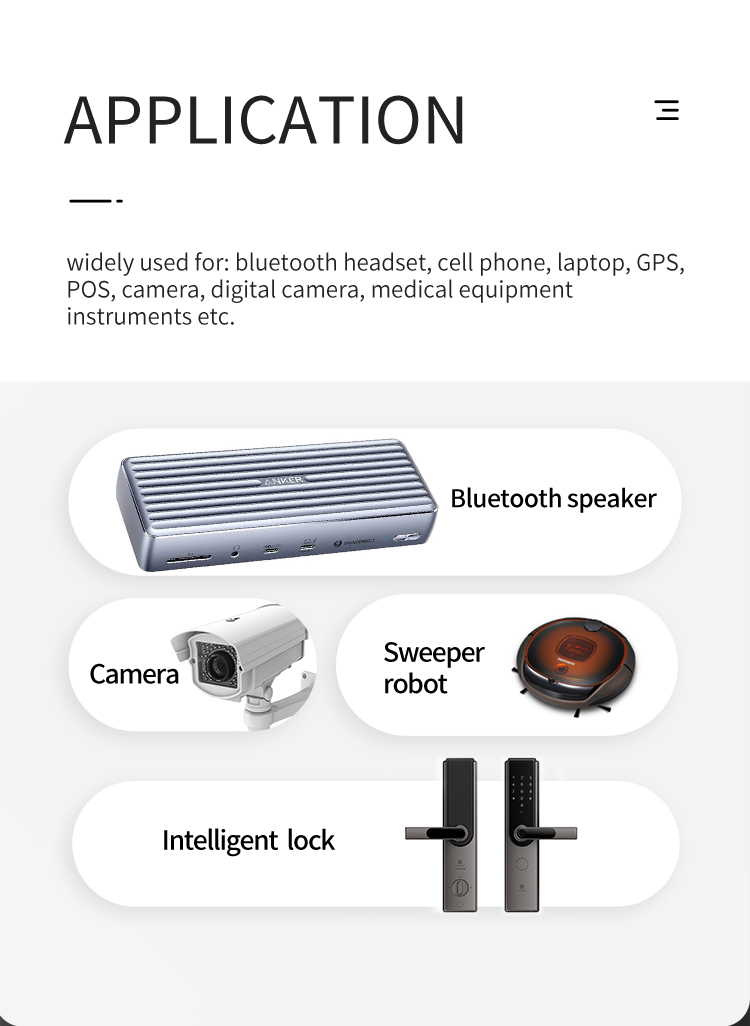
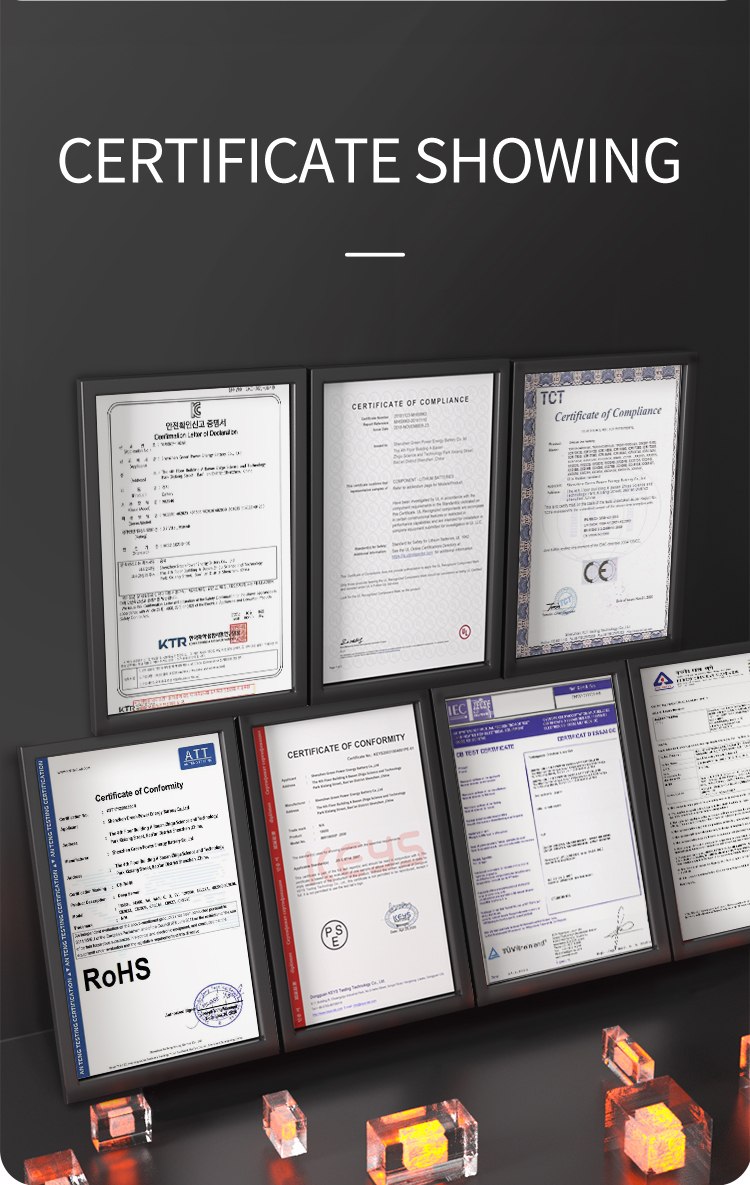

































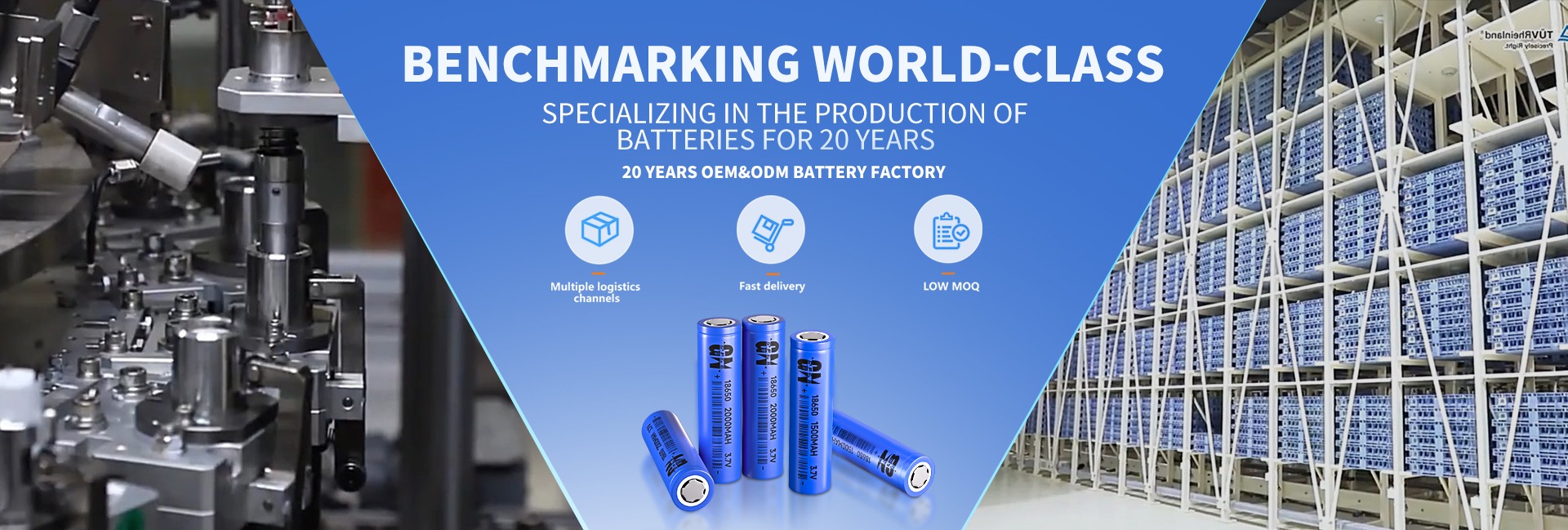
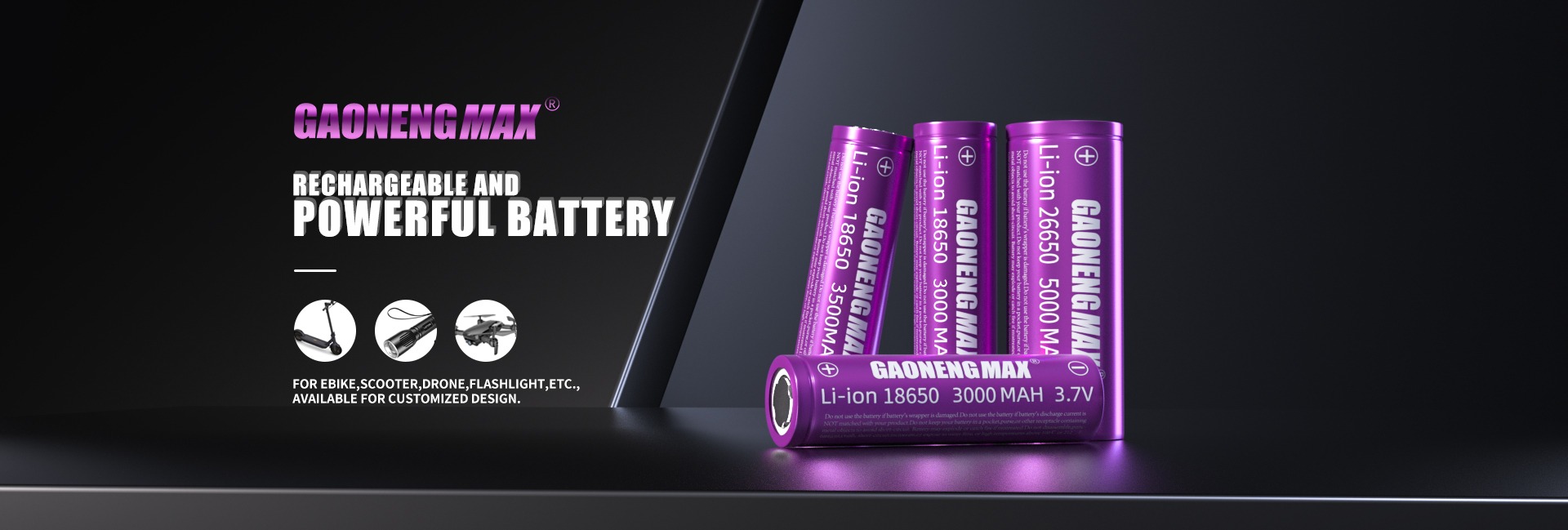
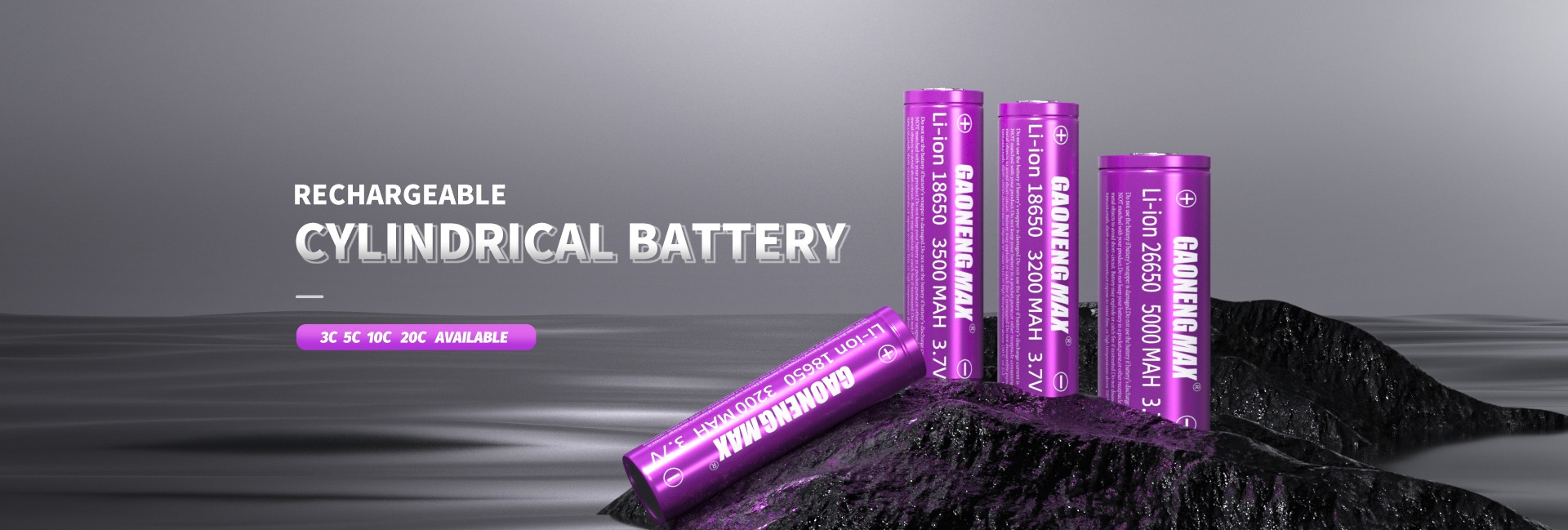
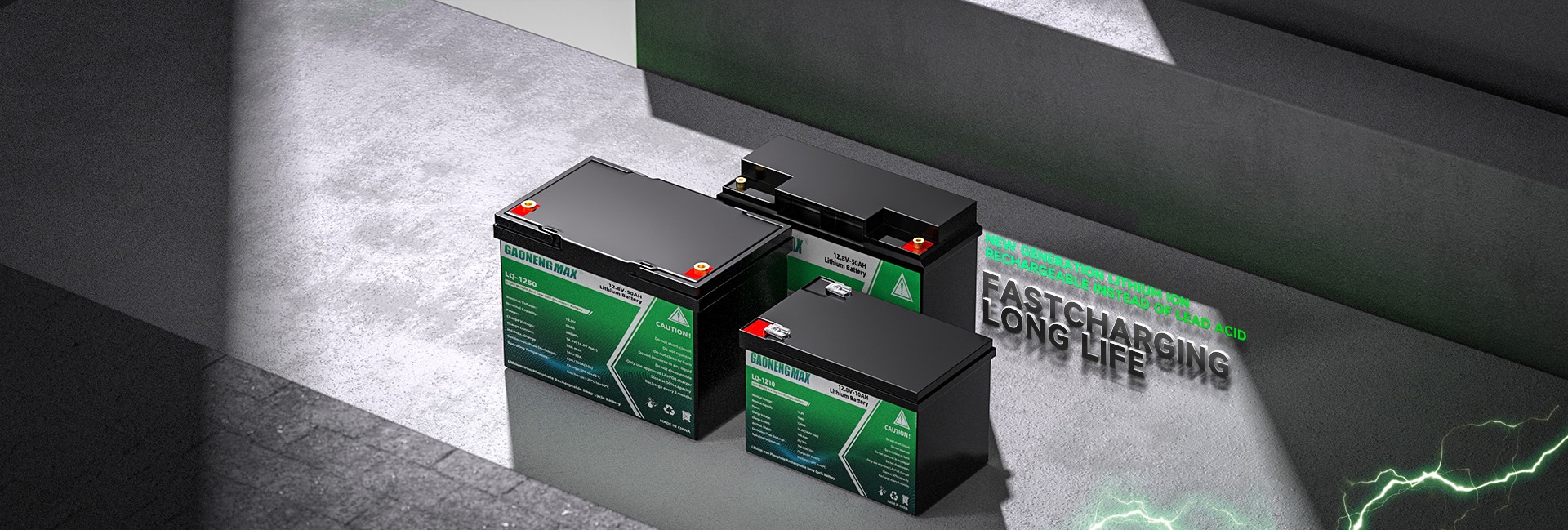

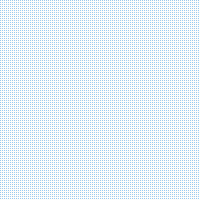
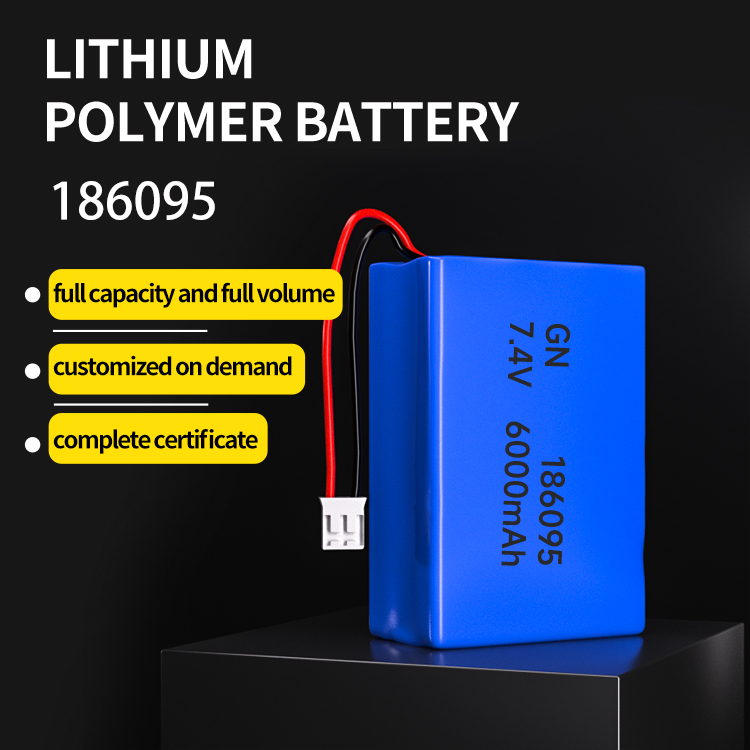
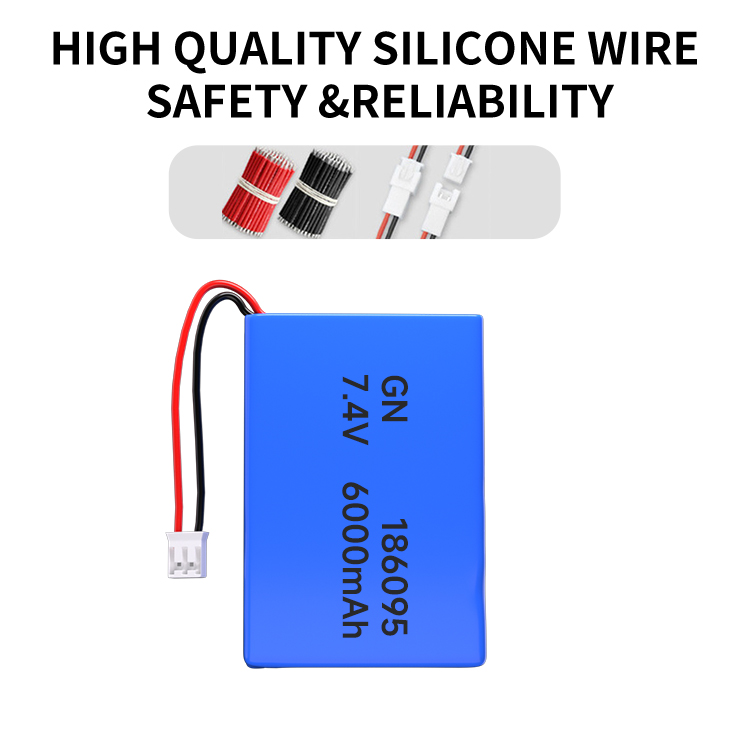

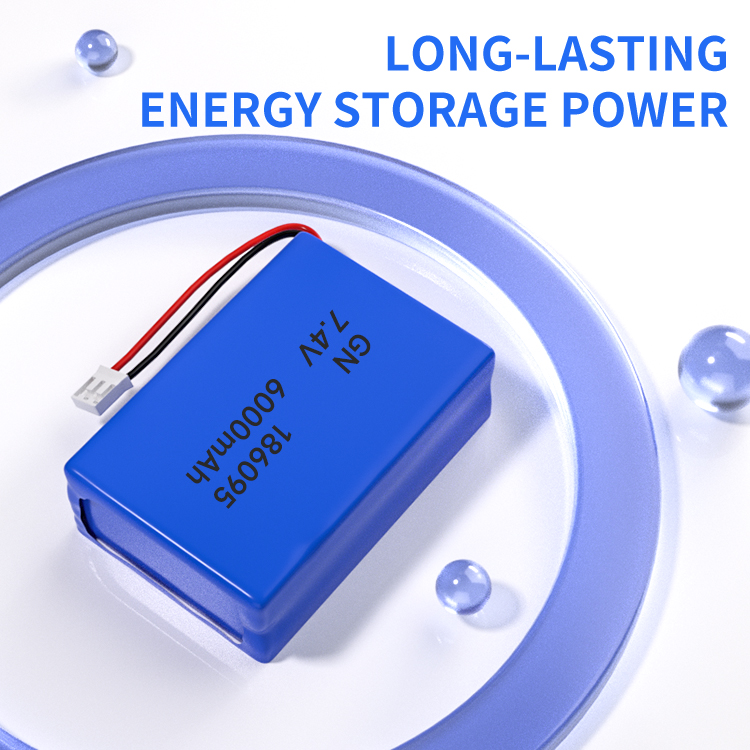












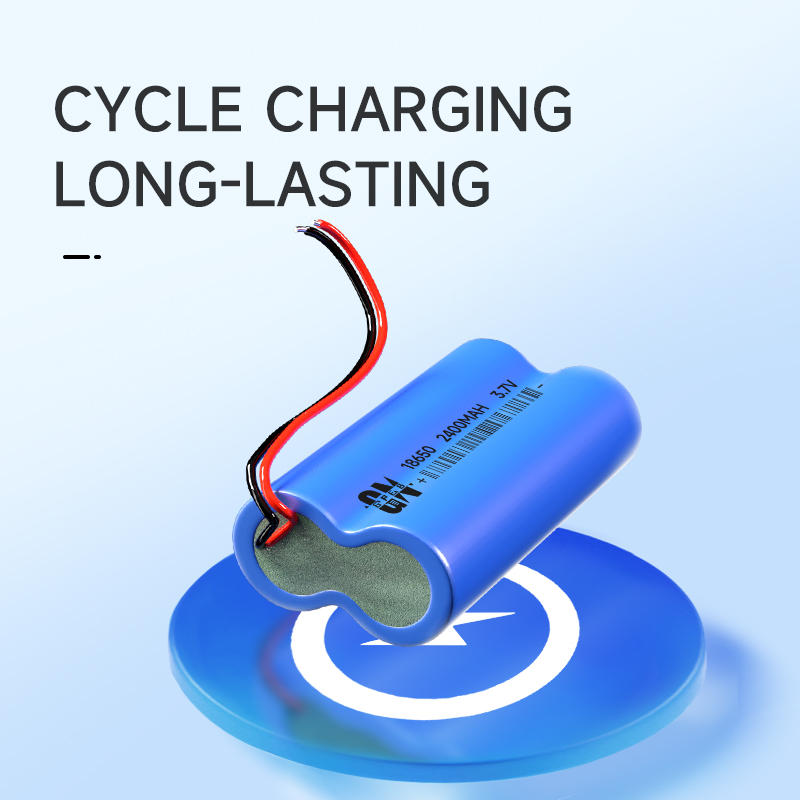




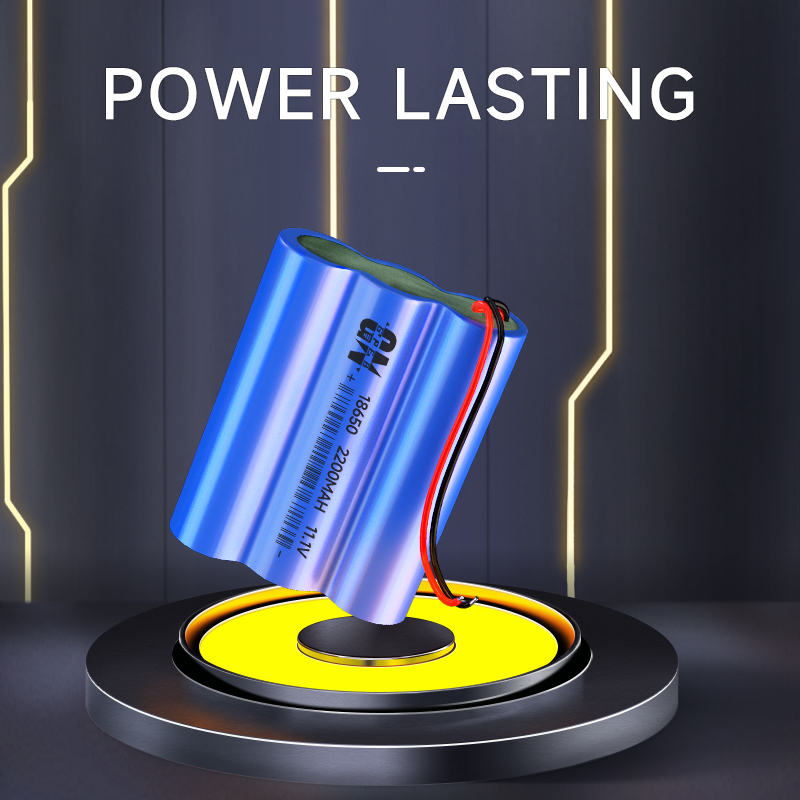



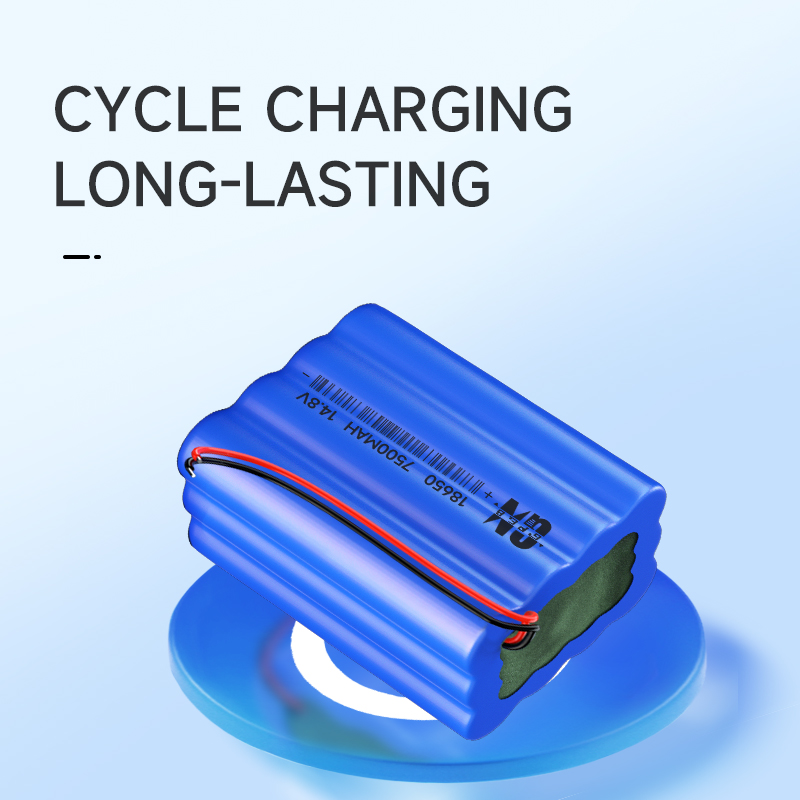


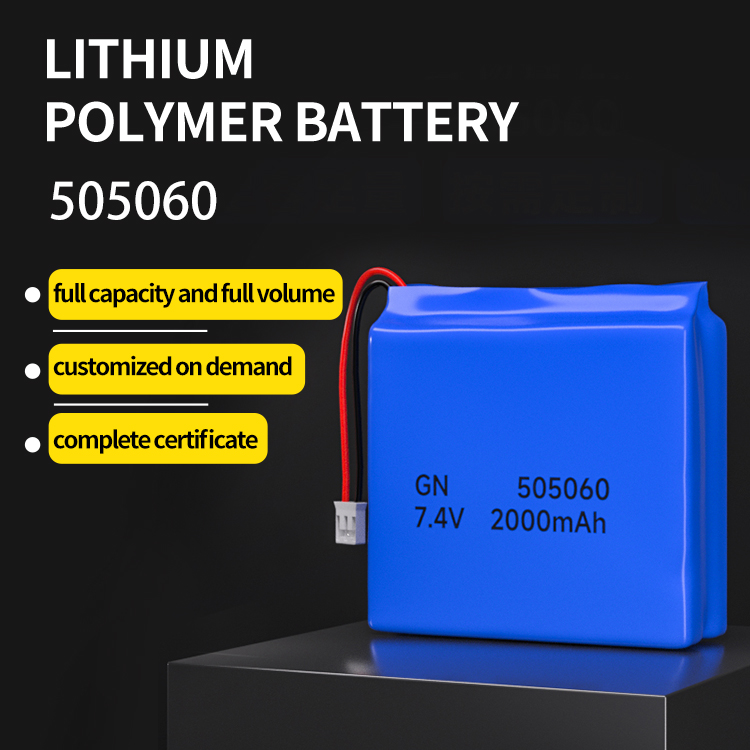
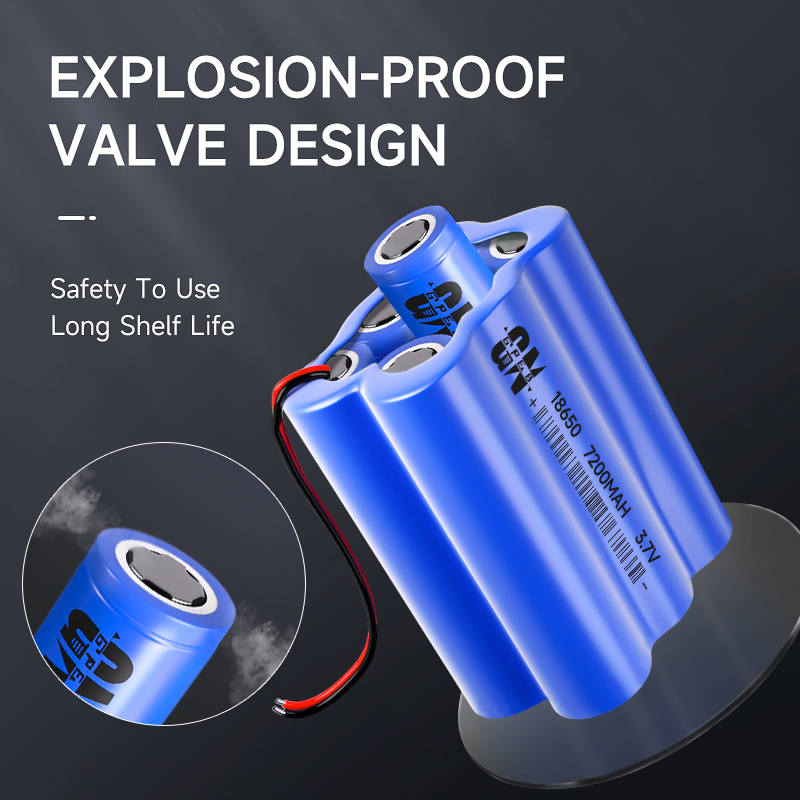

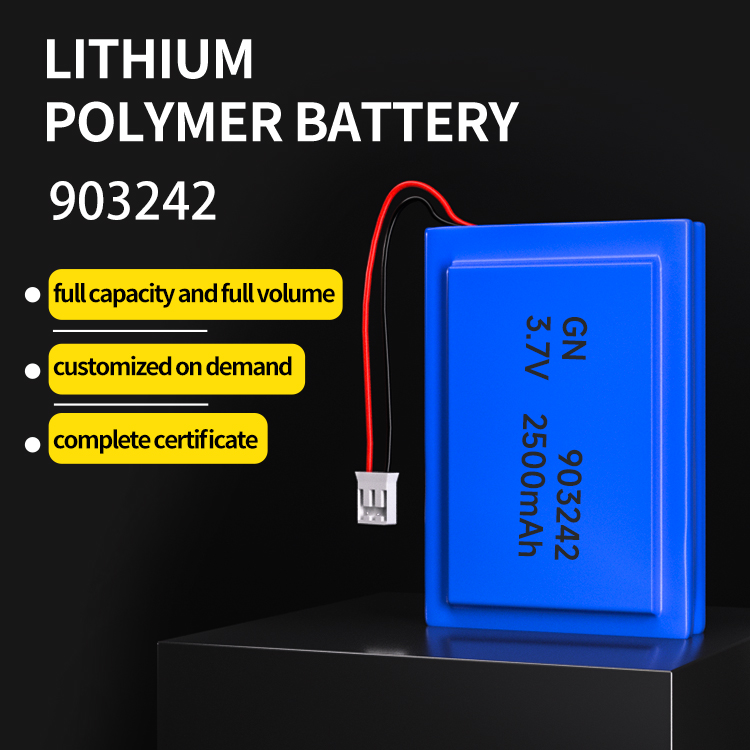










 360° FACTORY VR TOUR
360° FACTORY VR TOUR
 Whatsapp
Whatsapp
 Tel
Tel Email
Email TOP
TOP